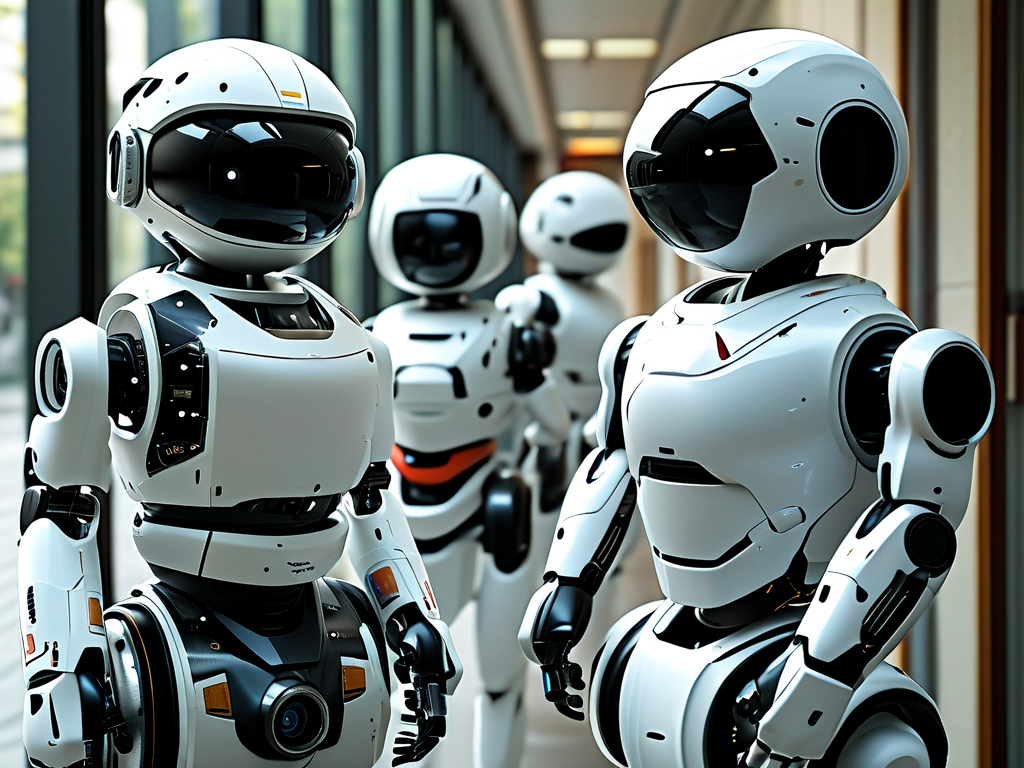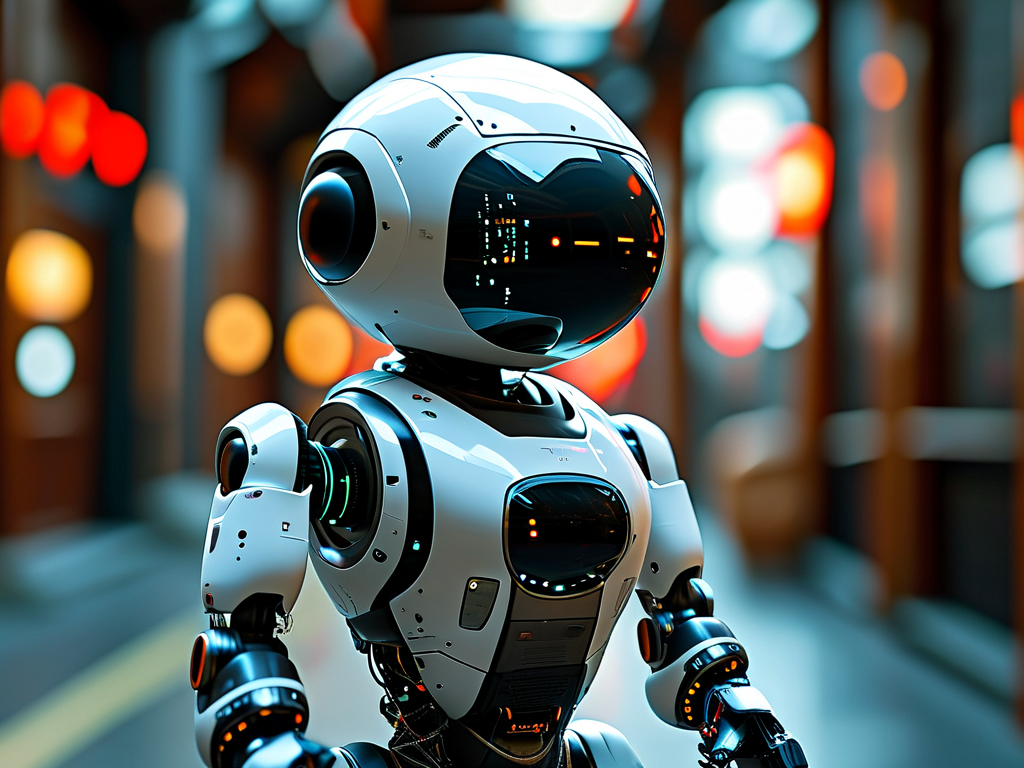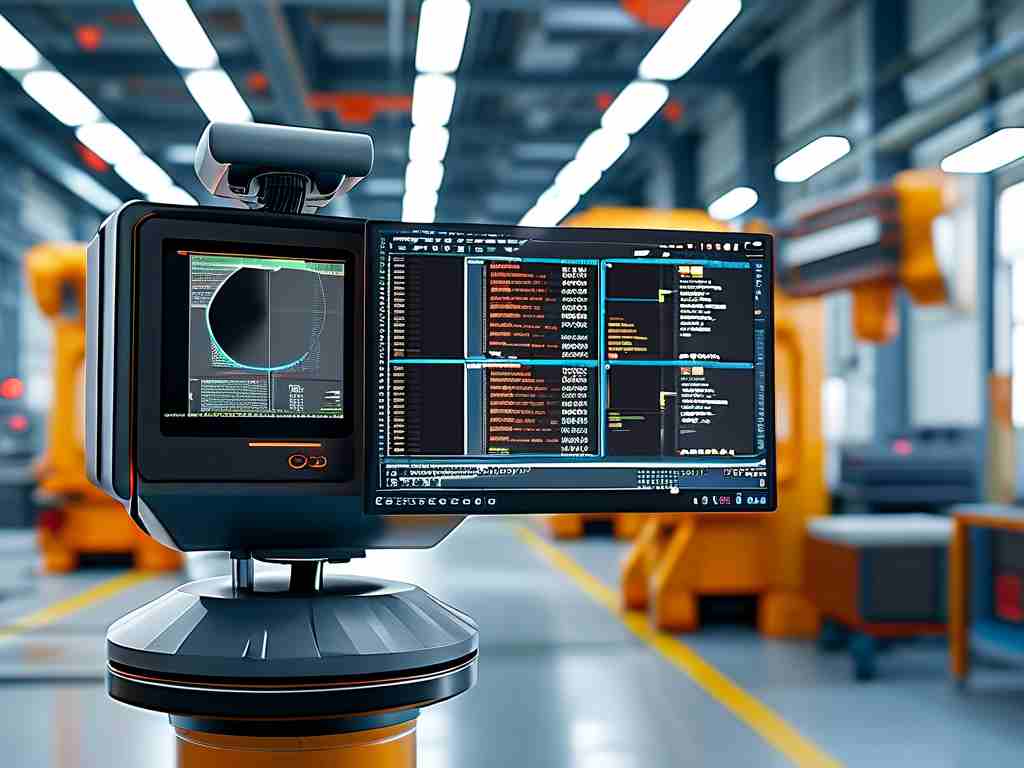The intersection of radar technology and robotics has shaped modern automation in ways that continue to redefine industries. Over decades, advancements in radar systems have directly influenced the development of robot generations, enabling smarter navigation, precision, and adaptability. This article explores how radar innovations have driven the progression of robotics across five distinct phases.
First Generation: Basic Navigation (1960s-1980s)
Early robots relied on primitive radar-like systems for obstacle detection in controlled environments. These machines used ultrasonic sensors and basic radio wave reflections to avoid collisions—a foundational concept borrowed from maritime and aviation radar. Factories deployed these robots for repetitive tasks like assembly line welding, where predictable movement patterns minimized the need for complex spatial awareness. While limited in scope, this era established radar’s role as a critical tool for robotic "senses."
Second Generation: Sensor Fusion Emerges (1990s-2000s)
The integration of millimeter-wave radar with infrared and visual sensors marked a leap forward. Robots began processing multi-source data to map environments in 2D. Autonomous guided vehicles (AGVs) in warehouses, for instance, combined short-range radar with cameras to navigate around pallets and workers. This generation also saw the rise of military drones using synthetic aperture radar (SAR) for terrain mapping—a precursor to modern autonomous systems.
Third Generation: AI-Driven Adaptability (2010-2018)
With the advent of machine learning, radar data became fuel for real-time decision-making. Lidar-enhanced robots used phased-array radar to dynamically adjust paths in unpredictable settings, such as disaster rescue operations. A landmark example was NASA’s Mars rovers, which employed ground-penetrating radar to analyze subsurface structures while avoiding hazards. Meanwhile, automotive giants like Tesla began testing radar-centric autonomous driving systems, sparking debates about sensor redundancy versus camera-only approaches.
Fourth Generation: 5G and Networked Systems (2019-2023)
The rollout of 5G networks enabled robots to share radar-processed data across IoT ecosystems. Swarm robotics in agriculture leveraged this, with fleets of drones using dual-band radar to monitor crop health while coordinating planting routes. Medical robots like the da Vinci Surgical System incorporated micro-doppler radar to detect tissue vibrations during operations, enhancing precision beyond human capability. This phase also introduced "cognitive radar"—systems that learn from environmental feedback to optimize transmission patterns.
Fifth Generation: Quantum Radar and Biohybrids (2024-Present)
Current research focuses on overcoming traditional radar limitations. Quantum radar prototypes, which use entangled photons to detect objects with near-zero interference, promise to revolutionize robotic perception in cluttered environments. Experimental underwater robots already employ this tech to navigate murky seabeds. Concurrently, biohybrid robots integrate radar with neural interfaces; researchers at MIT recently demonstrated a prosthetic arm that uses radar-guided haptics to "feel" surface textures.
Challenges and Ethical Considerations
Despite progress, radar-dependent robotics face hurdles. Signal interference in urban areas remains problematic, as seen in delivery robot malfunctions during heavy rainfall. Privacy concerns also escalate—license-plate-reading patrol robots using millimeter-wave radar have sparked surveillance debates. Moreover, the energy demands of advanced radar systems conflict with sustainability goals, pushing engineers to develop low-power alternatives like metasurface antennas.

Future Trajectories
The next frontier lies in merging radar with neuromorphic computing. Startups like RadarVerse are testing chips that mimic human visual processing to interpret radar signals 100x faster than conventional systems. Meanwhile, space agencies plan to deploy radar-equipped robots for asteroid mining, using terahertz-frequency systems to analyze mineral compositions remotely. As these technologies mature, the line between robotic "sensing" and true environmental cognition will blur.
From clunky factory arms to quantum-aware explorers, radar technology has been the silent catalyst in robotics’ evolution. Each generation reflects not just engineering breakthroughs but a reimagining of how machines perceive—and interact with—the world. As we stand on the brink of sixth-generation systems, one truth endures: the future of robotics will be written in radio waves.



